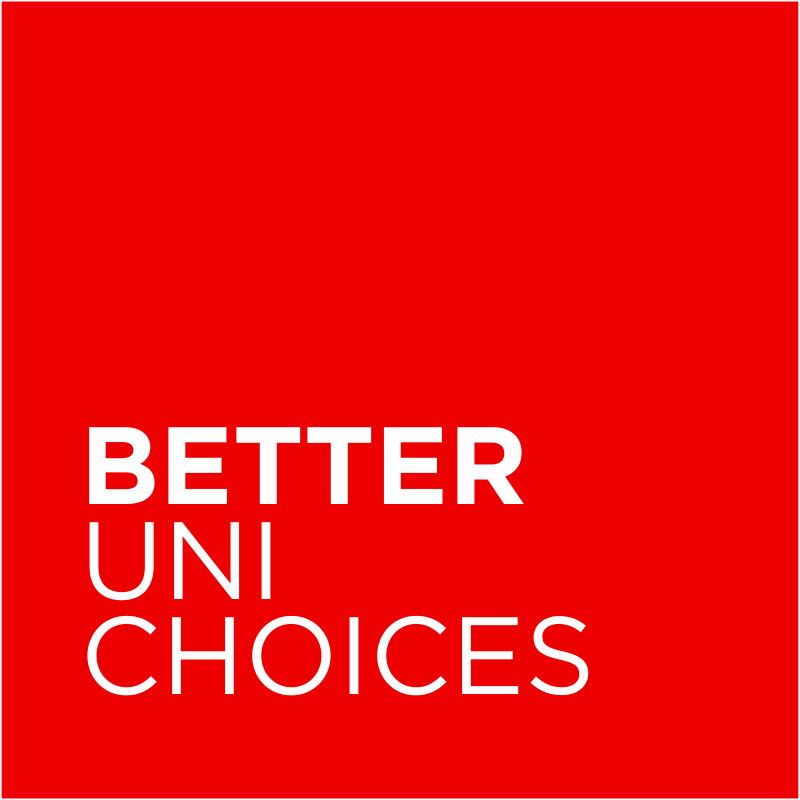Ten things you should know about the new UCAS Personal Statement, Contextual Offers, and a university with a unique history.
😊 Welcome
This week, ten things you should know about the new UCAS Personal Statement, that you won’t find by asking ChatGPT.
A really helpful resource all about contextual admissions.
And the only university opened between the wars.
✍️ Ten things you should know about the new UCAS Personal Statement for 2026
The other day I asked ChatGPT what it could tell me about the new UCAS Personal Statements for 2026. “Of course” it said before going on to explain that the new Personal Statement would consist of six specific questions. When I suggested that it was wrong, and there would be only three questions, it admitted “You're right!” before listing the wrong three questions.
ChatGPT, you see, gets its information from the wild west of the internet, and clearly on this particular subject, the internet doesn’t have a clue what it’s talking about.
So instead of trusting AI to sort the truth from the myths, here are ten actual, real, true things that you should know about the new UCAS Personal Statements for 2026.
💡 Did you know?
If you are looking to get an idea of which students might be eligible for contextual offers at different universities, a great place to start is the Sutton Trust Contextual Offers Tool.
It tells you which criteria each university uses when making contextual offers, from postcodes to free school meals, first-in-family to students in care, and many more.
It comes with very heavy disclaimers; the research was done a couple of years ago, and they advise using it only as a starting point.
However, it does provide a helpful look at the diverse approaches of different universities and gives helpful insight to those advising students who might be eligible for such offers.
Sutton Trust 2025 Contextual Offers Tool for UK Universities
📸 Snapshot: University of Reading
Became a university in: 1926
Student population: 19,485 (2022/23)
Location: Campus university, close to Reading city centre (plus further sites in Reading, Henley and an overseas campus in Malaysia)
Subject areas: Faculty of Arts, Humanities and Social Science, Faculty of Life Sciences, Faculty of Science, and Henley Business School.
Admissions: Typically AAB to BBB, or BTEC DDD to DDM. Interviews not normally required, except for Teacher Training. The university will make lower contextual offers on the basis of a wide range of factors indicating potential disadvantage.
A little known historic curiosity is that Reading gained its university status in 1926, making it the only new university of the inter-war period. Previously it had been an extension college of Oxford University (‘extending’ the reach of Oxford university into other towns).
So while it is clearly a campus university now, historically it has more in common with the likes of Leicester and Newcastle than it does with Warwick or Essex (which are far more modern creations).
That's all for this week. Thanks for reading!
Jonathan

